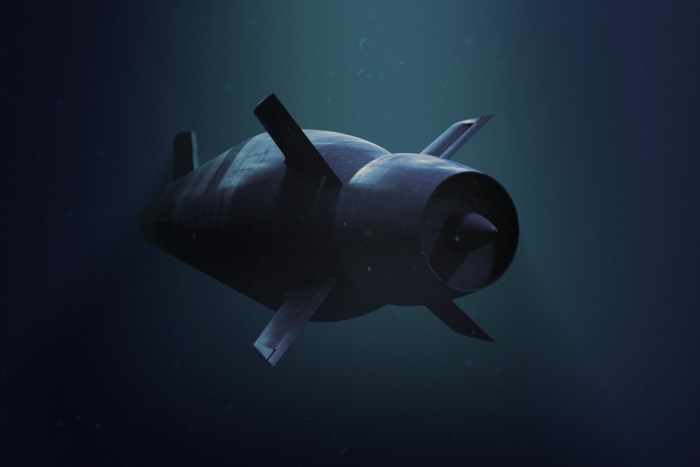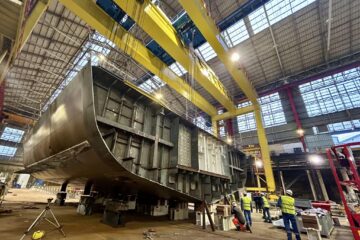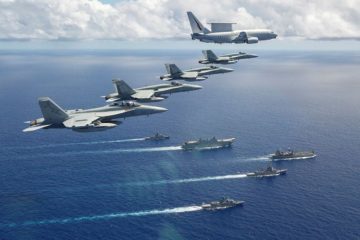After over two years of negotiations, officials have finally signed an agreement for the construction of the Royal Australian Navy (RAN)’s future fleet of submarines known as the “Attack-class”.
This contract is the largest defense contract ever awarded by the Australian government and the largest defense contract ever awarded to a European defense company.
The
agreement sets out the principles of cooperation between the two
partners for the Attack class Submarine Program which will see:
- the delivery of 12 regionally superior submarines to Australia with leading edge capabilities;
- the delivery of new technologies and advanced manufacturing capabilities to Australia, introducing the next phase of Australian sovereignty as a submarine nation;
- the creation of thousands of direct and indirect Australian jobs which will positively impact many generations of Australians; and
- opportunities and long-term planning certainty for industry, allowing Australian companies involved in the submarine program to invest in the capabilities needed to support their involvement in construction and sustainment activities.
Another contract regarding the detailed design of the Attack-class submarine is set to be signed in the coming days. The design phase will last four years.

“Naval Group is known for building world-leading, technologically advanced submarines and has built 100 of them for nine different countries. This agreement with Australia will see Naval Group transfer the “know-how” and “know-why” to Australia to become an sovereign submarine nation. We are very excited about the opportunities that lay ahead of us and are committed to delivering the Future Submarine Program for Australia. We are grateful to the teams from the Commonwealth of Australia and Naval Group who have worked hard to achieve this agreement.
Herve Guillou, Chairman and CEO, Naval Group.
The Attack Class submarines will give the Royal Australian Navy the capability and regional superiority that an island nation like Australia relies upon. This important project will create 2800 Australian jobs, built in Australia, utilizing Australian steel.
Christopher Pyne, Australia’s Minister for Defence.

Construction on the first ship of the class (the future HMAS Attack) is expected to start in 2023 and its delivery should take place in the early 2030ies. The next units will follow with a cadence of one submarine every two years.
The Australian Government selected Naval Group (then known as DCNS) as its preferred international partner for the design of 12 Future submarines for the Royal Australian Navy on April 26 2016. In the SEA1000 project, DCNS was competing with the Shortfin Barracuda design against Germany’s ThyssenKrupp Marine Systems (TKMS) Type 216 and Japan’s Soryu-class designs. Based on the new Barracuda nuclear-powered attack submarine (SSN) of the French Navy (the first ship of the class is set to be launched this summer), Australia’s Attack-class submarine will be 97 meters in length and 8.8 meters in diameter.
In September 2016, Lockheed Martin was selected as the preferred combat system integrator and signed the contract for the Future Submarine Combat System Design, Build and Integration in January 2018.
Naval Group partnered with services provider KBR to support the design of a new construction yard at the Osborne Naval shipyard (South Australia) where 12 Attack-class submarines are expected to be built (with technology transfer from Naval Group).
The submarines are considered the backbone of the Australian government’s US$63.8 billion (A$90 billion) National Shipbuilding Plan. Unveiled in May 2017, the unprecedented plan calls for 54 new naval vessels to be built locally.







One Comment
Pingback : Australia's Future Submarine Program on Track with Systems Functional Review in Sight - Naval News